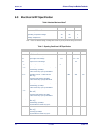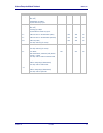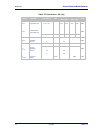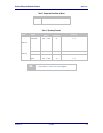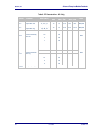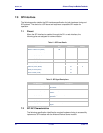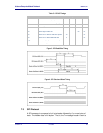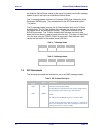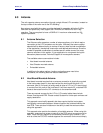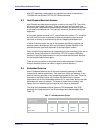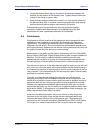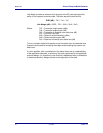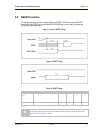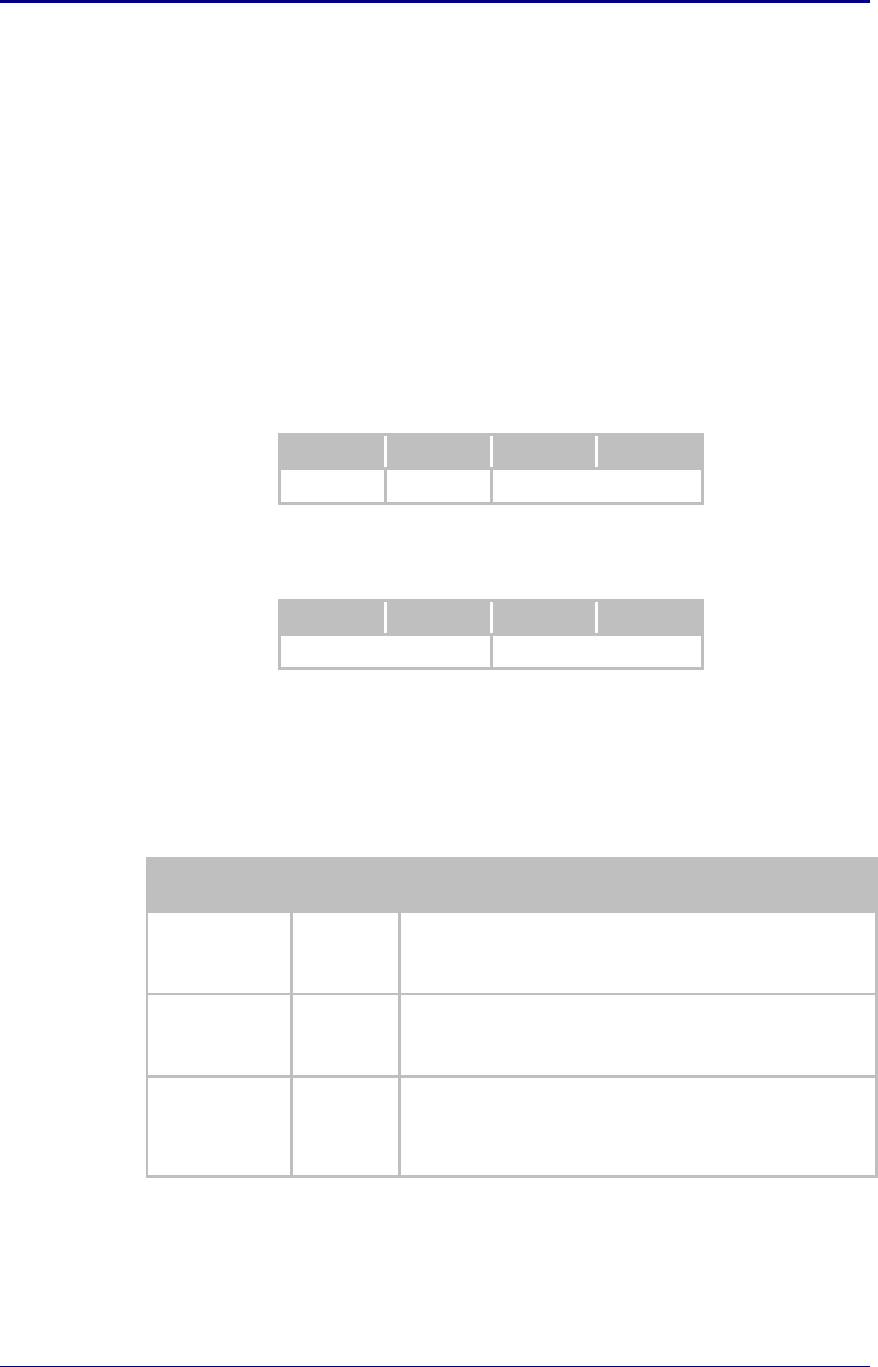
Quatech, Inc. Airborne Enterprise Module Databook
24 8/11/2009 100-8080-110
the Airborne Device Server module by the host at the same time the Rx message
header is sent to the host from the Airborne Device Server.
The Tx message header consists of a Command (CMD) byte, followed by three
Parameter (PARM) bytes. They are described in the SPI Commands section
(7.4) below.
The Rx message header consists of a Rx Data Available field, and a Tx Buffer
Available field. The Rx Data Available field indicates the number of data bytes
the Device Server has available for the host. They can be received by the
RXDATA command. The Tx Buffer Available field indicates how many data
bytes the Device Server is able to accept from the host. This data is to be shifted
in by the host using the TXDATA (Table 16) command. Both fields are 16 bit
values and are stored in little-endian format (LSB first).
Table 14 - Tx Message Header
0
1
2
3
CMD
PARAM1
PARAM2
Table 15 - Rx Message Header
0
1
2
3
Rx Data Available
Tx Buffer Available
7.4 SPI Commands
The following commands are available for use in the CMD message header.
Table 16 - SPI Command Description
Command
(Hex)
Name
Description
0x00
NOP
The NOP command does nothing.
It is intended to be used when the host wants to simply retrieve
the Rx Message Header without any other operation.
0x04
BREAK
The BREAK command will issue a break sequence to the
module.
It is analogous to the BREAK signal on a common UART.
0x08
TXINTCLR
The TXINTCLR command will clear the Tx interrupt.
Use this command when the module is issuing a Tx interrupt but
there is no more data to send. This is analogous to the reset Tx
interrupt command on a common UART.



